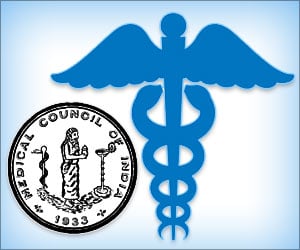A new study reveals that the Supreme Court decision on the Affordable Care Act could put immense financial and competitive pressures on a number of public safety net hospitals.

Working with Nancy Kane, professor of management and associate dean for educational programs, and Sara Singer, assistant professor, both at the Harvard School of Public Health, among others, Clark analyzed the financial performance and governance of 150 safety-net hospitals between 2003 and 2007. The team of researchers categorized the hospitals into governance types -- directly controlled public, delegated public authority, private non-profit and private for-profit. The team then analyzed the relationship between governance type and profitability."We found, counter-intuitively, that public hospitals directly controlled by governments, especially those in highly competitive markets, were more profitable than other safety-net hospitals," Clark said.Seeking to better understand these findings, the research team chose two highly profitable hospitals and one less profitable hospital in each governance category and conducted site visits to gather more detailed information on the governance and financial strategies of safety-net hospitals. The additional data suggested that the successful public hospitals overlooked important governance and management practices and were financially healthy primarily because they were able to obtain substantial subsidies from state and local governments, such as property tax transfers or supplemental Medicaid payments, including disproportionate share (DSH) payments.The results are published in a recent issue of Health Affairs."These findings are important because of the context in which we find ourselves," Clark said. "The economic downturn, slow recovery and politics of deficit reduction have eroded the ability of governments -- especially local governments -- to support the safety net. Couple that with the expected changes in safety-net funding from the Affordable Care Act and safety net hospitals, especially those that rely on direct public subsidies, face a new market dynamic. The question is whether and how they can adapt to this new reality. Our findings suggests that because many of these public hospitals lack the governance and management practices that have enabled private safety-net hospitals to thrive in the absence of subsidies, they will need to transform their organizations in order to sustain themselves financially."
Source-Eurekalert


![An Introduction - Indian General [Non-Life] Insurance Companies An Introduction - Indian General [Non-Life] Insurance Companies](https://images.medindia.net/patientinfo/120_100/health-insurance21.jpg)






